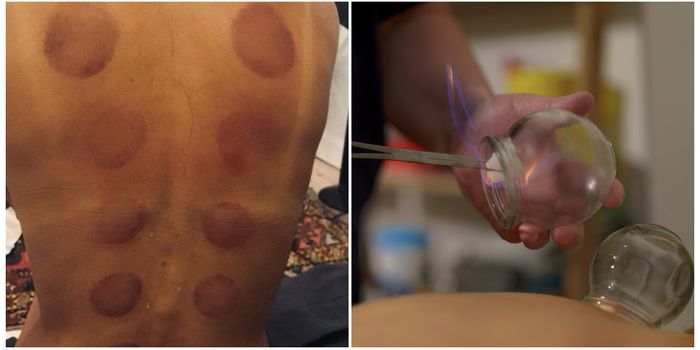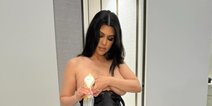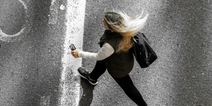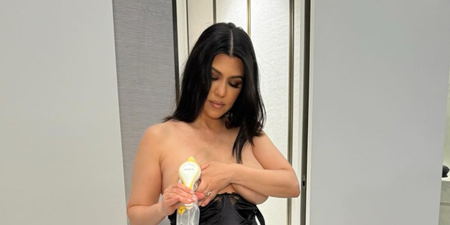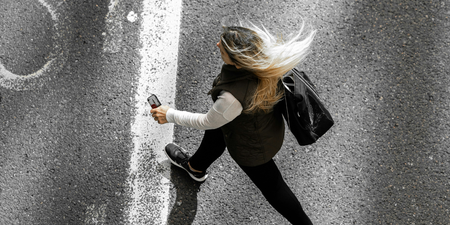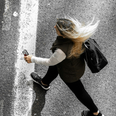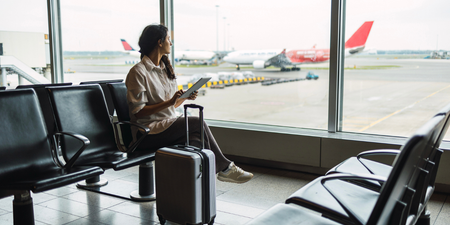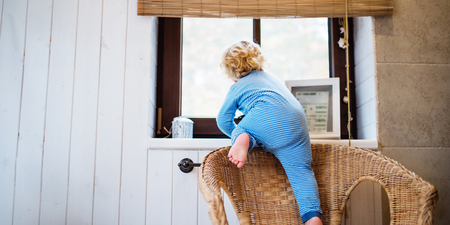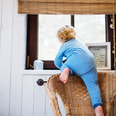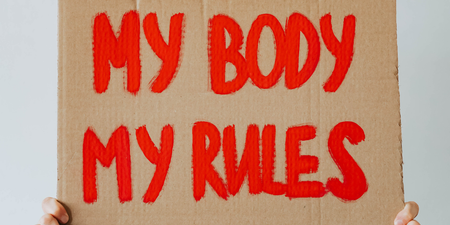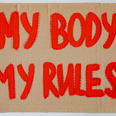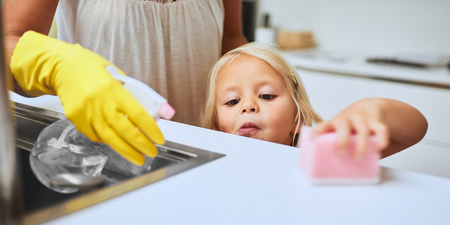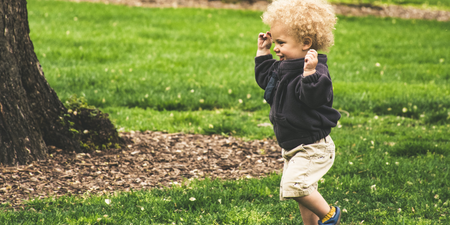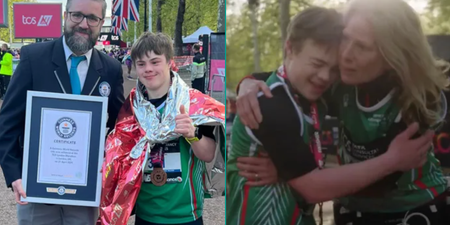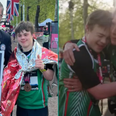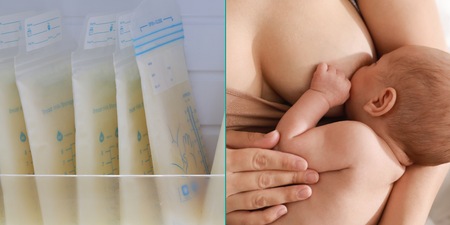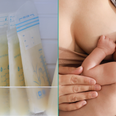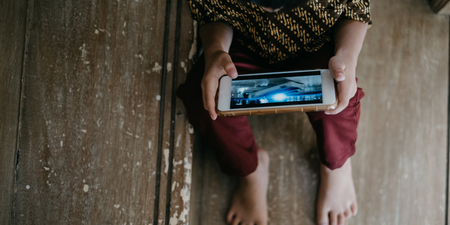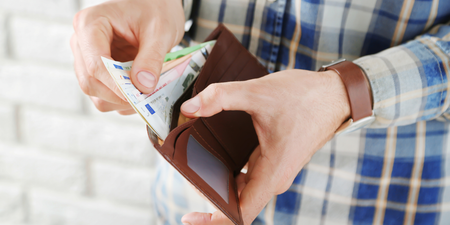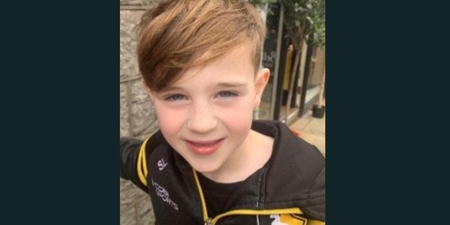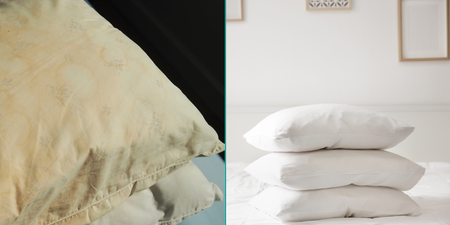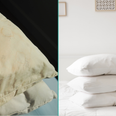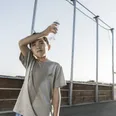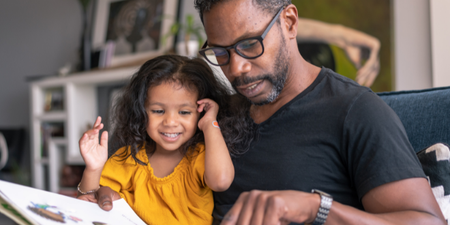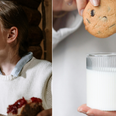Gwyneth Paltrow is a fan. As is Jennifer Aniston, Kim Kardashian, Victoria Beckham and Justin Bieber.
And now I was about to test cupping out for myself.
Between working from home for a year and a half, homeschooling, cooking seven million meals, scrolling through countless Instagram stories, watching a lot of hours of Netflix and generally just living through a goddamn pandemic, I think it’s safe to say out collective shoulders are pretty darn tight.
I know mine were, for sure.
It got so bad eventually that I started having headaches – and I never have headaches normally – and a pain in my jaw, as my shoulders and neck was in a permanent state of tightness.
I had a massage a few weeks ago, and while it felt lovely at the time, it did not really do all that much for my shoulders in terms of lasting effects, and just a couple of days later, my shoulders started feeling like they were moving upwards towards my earlobes again.
And then a friend of mine recommended I try cupping therapy – and revealed she has been going regularly for the past couple of years, and was now utterly obsessed with both the treatment – and how it made her feel afterwards.
I was intrigued. And being a journalist, I did what I do best – went into full research mode.
What is cupping?
Turns out, while cupping might be trendy now, it is actually an ancient form of alternative medicine, and dates back to ancient Egyptian, Chinese, and Middle Eastern cultures. In fact, one of the oldest medical textbooks in the world, the Ebers Papyrus, describes how the ancient Egyptians used cupping therapy in 1550 B.C.
So, not a new way to treat the human body, in other words.
According to Amanda Nordell, a registered acupuncturist with AFPA, the oldest and largest professional body for practitioners of Traditional Chinese Medicine in Ireland, cupping is mostly used to treat musculoskeletal problems – tight sore muscles in any area of the body – particularly the neck, shoulders and back.
It can also, Nordell reveals, help with sports injury recovery and performance – as seen at the Olympic Games Rio 2016, where swimmer Michael Phelps was famously spotted with the tell-tale red-and-purple marks cupping treatment often leave on his back.

The actual treatment involved a therapist putting special cups on your skin for a few minutes to create suction before removing them.
“People get it for many purposes, musculoskeletal problem, of course, but also to help with pain, inflammation, blood flow, relaxation and well-being, and as a type of deep-tissue massage,” says Nordell, who completed a clinical internship at the WHO Collaborative Centre on Traditional Medicine at Nanjing University, China, as part of her training.
In fact, the British Cupping Society reports that cupping therapy is used to treat: blood disorders such as anaemia and haemophilia, rheumatic diseases such as arthritis and fibromyalgia, musculoskeletal injuries including sports injuries, fertility and gynaecological disorders, skin problems such as eczema and acne, high blood pressure, migraines, anxiety, depression, bronchial congestion caused by allergies, asthma and varicose veins.
Sounds impressive? I know. And I was eager to try it for myself.
Se dette innlegget på Instagram
What to expect
I promptly booked an appointment with Amanda, and was lucky enough to be able to sit down for a quick chat with her before my treatment. Knowing very little about what to expect, I was glad to be able to get some things clarified.
No, it wouldn’t be painful, she reassured me. However, many admit to feeling a kind of pressure or tightness as the cups go on. No, it wouldn’t cause a burn (the fire she uses inside the cups is gone before the cup touches my skin).
The cups she would be using were a mix of traditional glass and bamboo ones, to more modern silicone cups, which are often used for more dynamic cupping, where the technician creates the same suction, but then continuously move the cups, dragging them toward the lymphatic system, which has a very detoxing effect on your tissue and organs.
According to Amanda, the treatment would for the most part involve her placing glass and silicone cups around my neck, back and upper arms, making a suction with the skin to increase blood flow to the area. She’d then leave them there for 10-or-so minutes, referred to as stagnant cupping.
Se dette innlegget på Instagram
Ready, set, cup
I was ready! After removing my top and bra, and lying face down on the treatment bench, covered with a cosy blanket over meg legs and bottom, Amanda set to work.
She burnt the air out of the first glass cup, and applied it to the top of my right shoulder. I can only describe the sensation as my skin being sucked away from my body. No, it wasn’t painful – just really, really weird. She continued. After just a few minutes, my entire back was covered in glass orbs, and when I shifted a little on the bench, glass was clinking against glass.
The cups felt tighter on up around my shoulders and neck, which, Amanda told me, was no doubt due to the fact that I was holding more tension in this area than further down my back.
It felt strange – but also oddly satisfying. My entire back and shoulders and upper arms were covered in the cups, and felt heavy – and yet I felt almost drowsy, I was that relaxed.
Amanda left me like this for a few minutes, just turned the lights in the room down and I think I even fell asleep for a few minutes, that’s how relaxing the whole thing was.
And then it was time to take them off.
Amanda started with the cups lower down on my back – the cups came off with a little ‘pop’ and I cannot describe the sensation, it was like this crazy release, and it felt amazing. And this sensation just got better and better the further up my back she got.
“It’s almost like a deep-tissue massage, but in reverse,” Amanda said. And I couldn’t have described it better myself.
When the cups were off, my entire back felt lighter, looser and, later, standing up, I swear I actually felt taller. No kidding!
Se dette innlegget på Instagram
Sliding cups
After removing the glass cups, Amanda said she would give me a special treat with some sliding cups – which involved using oil on my back, before applying small silicone cups to my back and sliding them up and down to stretch and open muscle tissue and fascia.
This, Amanda told me, was amazing for moving the lymph around, and pushing toxins from cells into the lymphatic system, where your body can eliminate these.
Your body naturally does this of, course, our lymphatic system is a great filter. But this treatment is almost like giving the detoxification process a little boost.
The sliding cup treatment felt more like a traditional massage, and the soft silicone cups being slid up and down my back felt nothing short of amazing. Again, I nearly fell asleep on the table.
Did it work?
After my treatment session was over, I felt both amazing – I could not get over how soft and relaxed and empty (I don’t know how to better describe it) my shoulders and neck felt – yet also utterly exhausted. I had no tension left in my shoulders, but I suddenly felt like all I wanted to do was sleep.
“Completely normal,” Amanda reassured me.
“Cupping creates so much tension release, that it is so common to suddenly feel completely spent when the treatment is over and all the tension has left your body.”
She reminded me to drink plenty of water that day, to take it easy and to go to bed early that night. It sounded like the perfect plan. I felt amazing – and I wanted this to last.
As for my back? When I turned to look in the mirror, I saw purple-red marks all over, from my shoulders to the very bottom of my back. The marks were deeper red around my neck and upper back – which, according to Amanda, was completely normal, as these were the areas I had been holding more tension.
“For more stagnant tissue, it is normal that the marks left by the cups are darker and last a few days longer,” Amanda said.
“It can also be a sign of poorer circulation in those areas, something the cupping will help solve over time.”
My marks lasted four-five days, and then were gone. The benefit? I still feel lighter and my shoulders knot-free – even now, weeks later. But trust me, I have already booked a follow-up appointment with Amanda – this sensation is one I am not willing to give up on.
